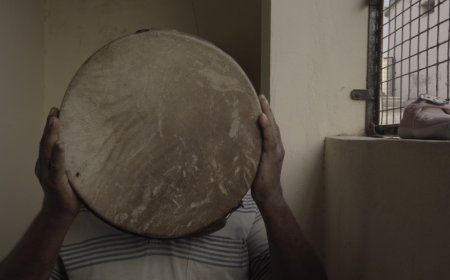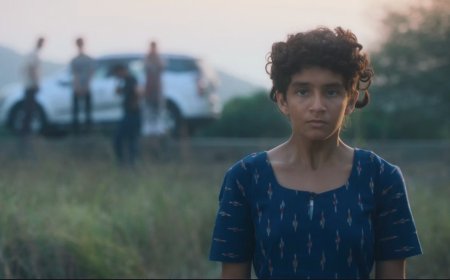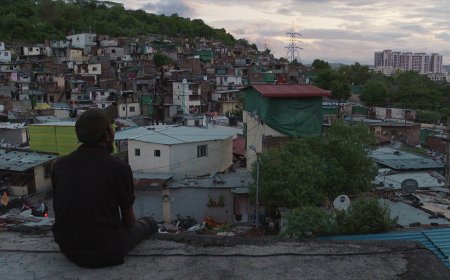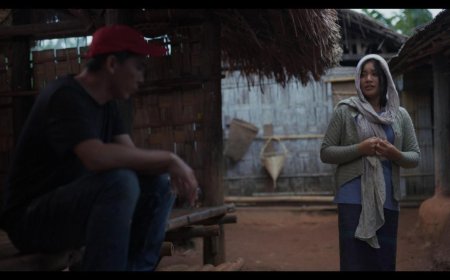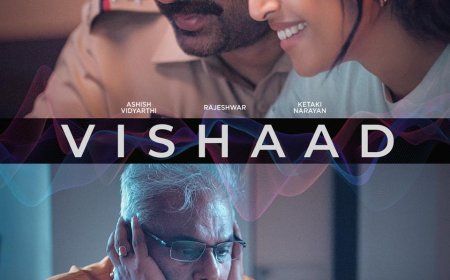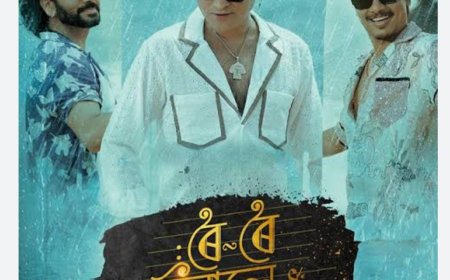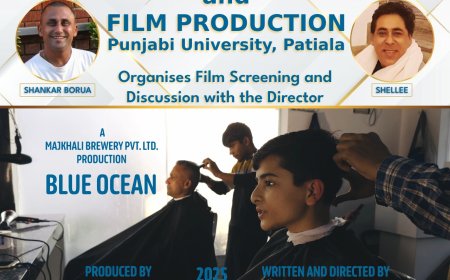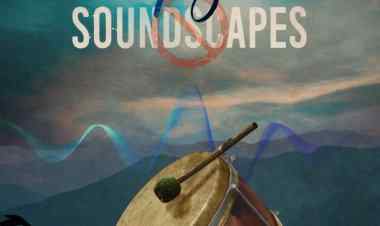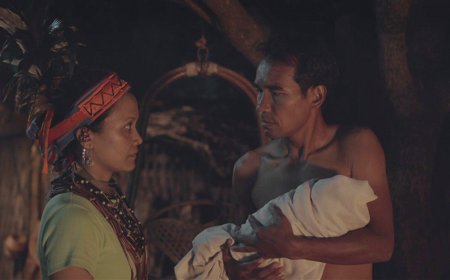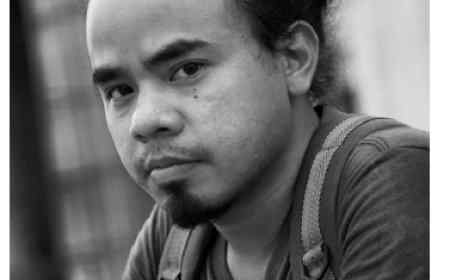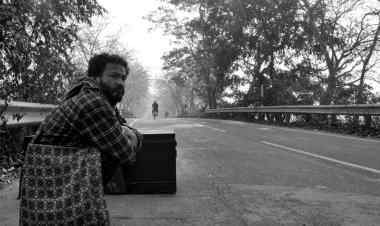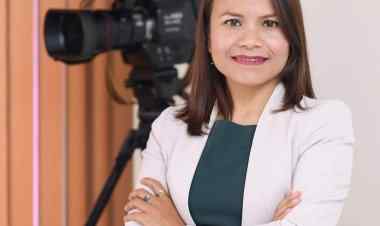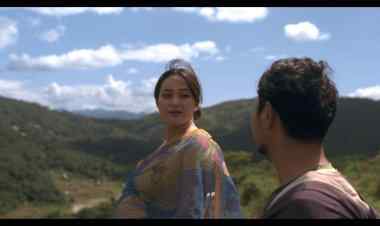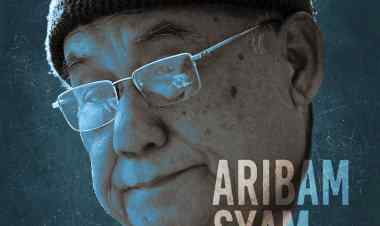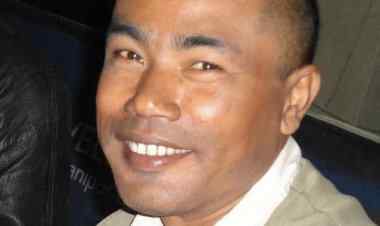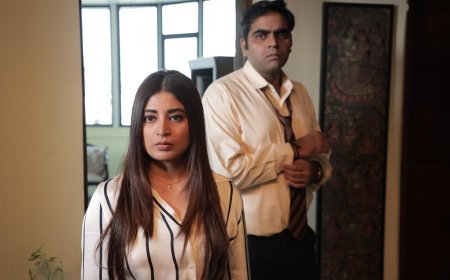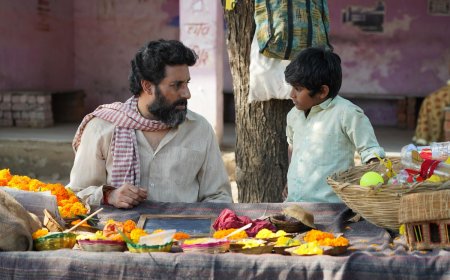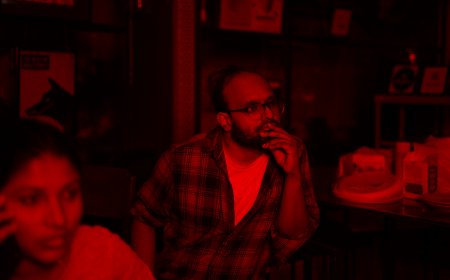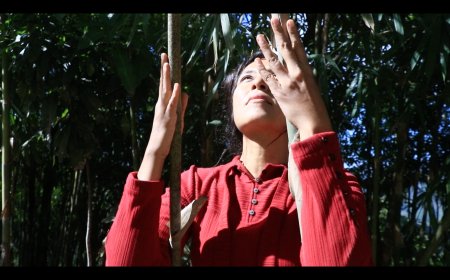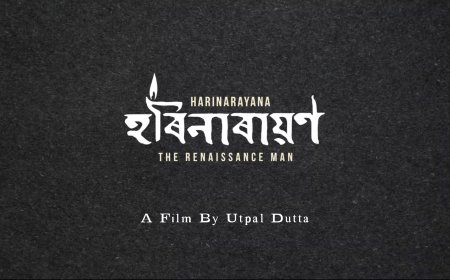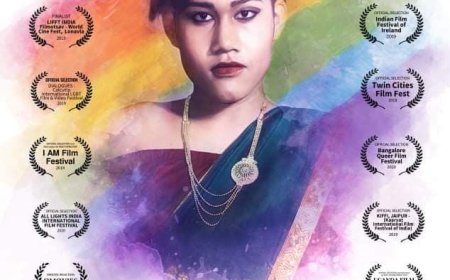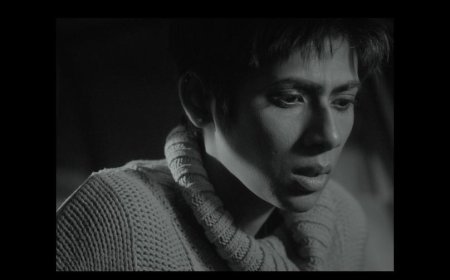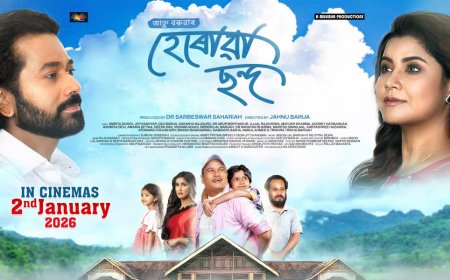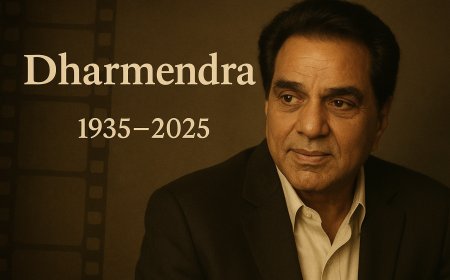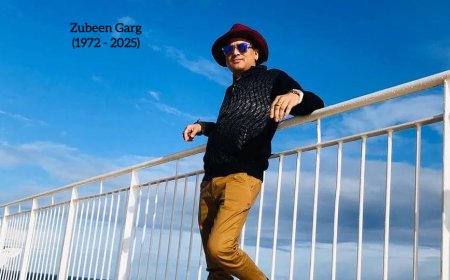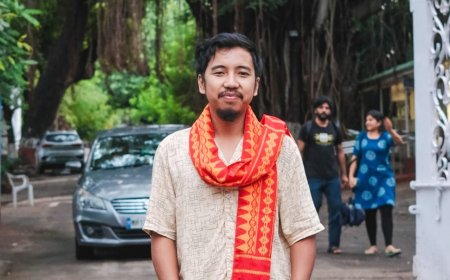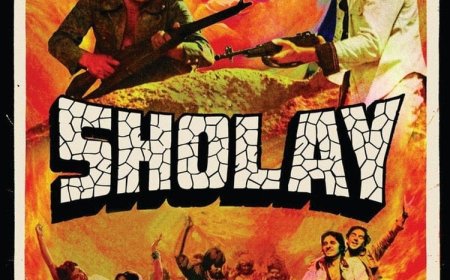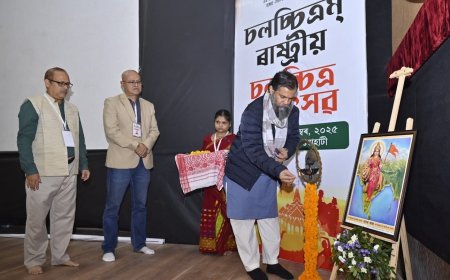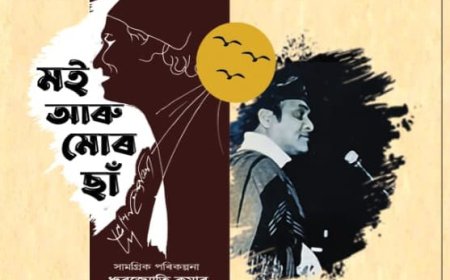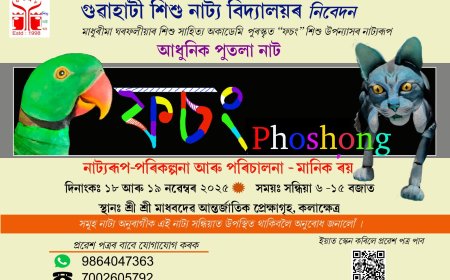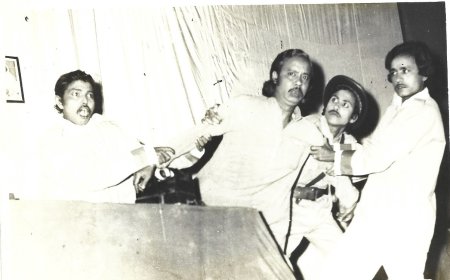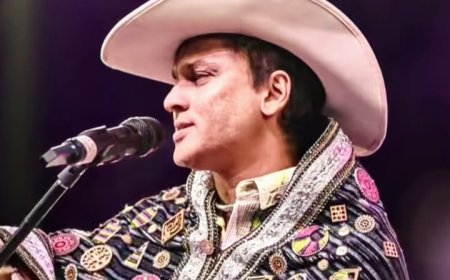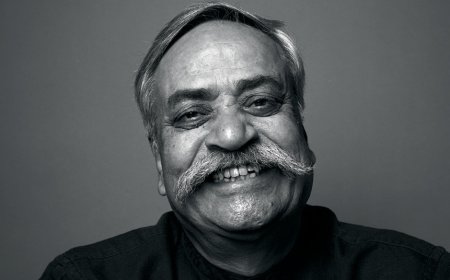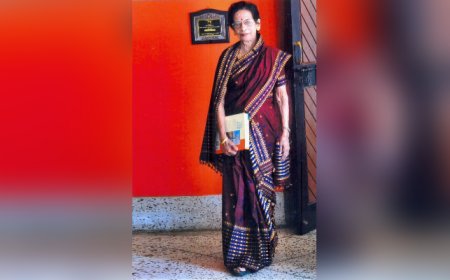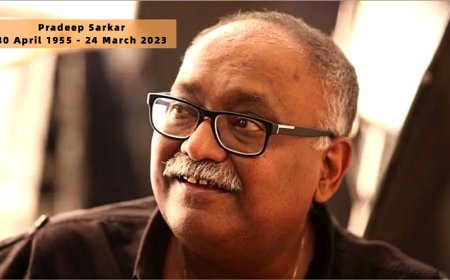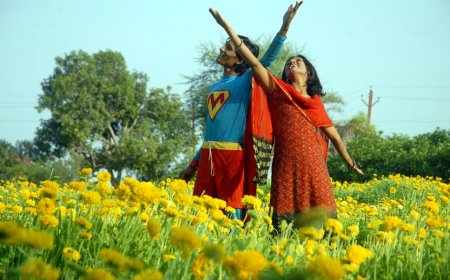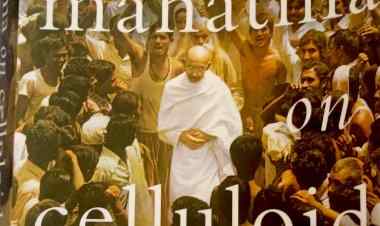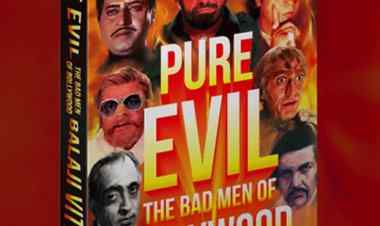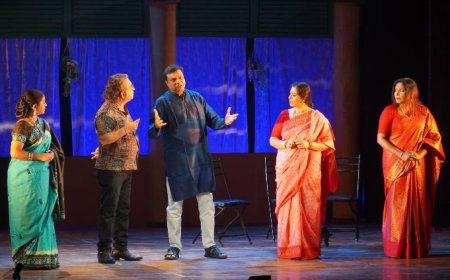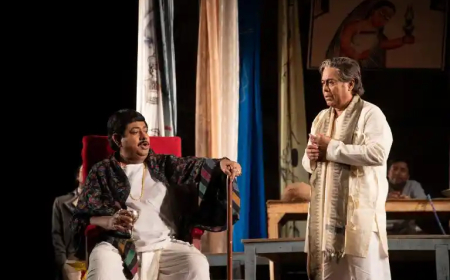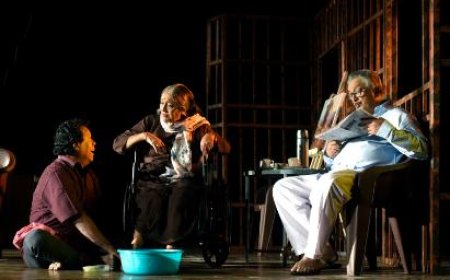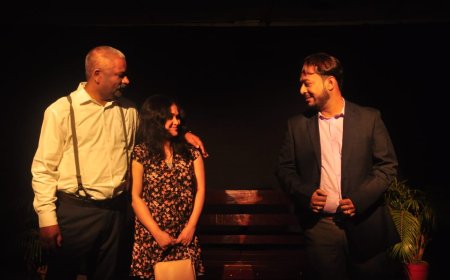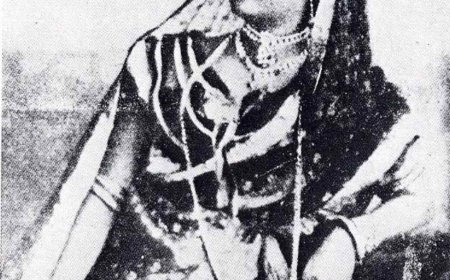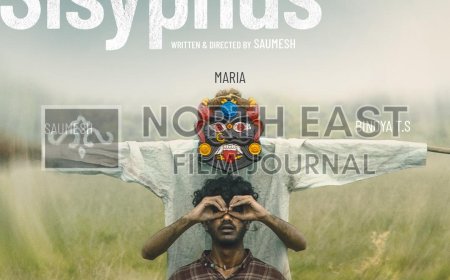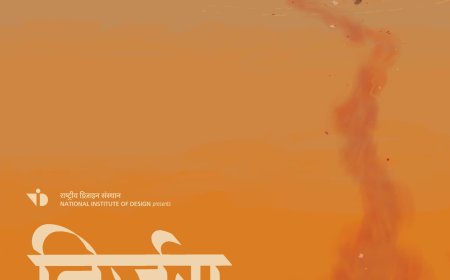Interview with Shashwat Dwivedi on his short film "Bobby Beauty Parlour"
Dipankar Sarkar provides an Interview with Shashwat Dwivedi on his short film "Bobby Beauty Parlour"
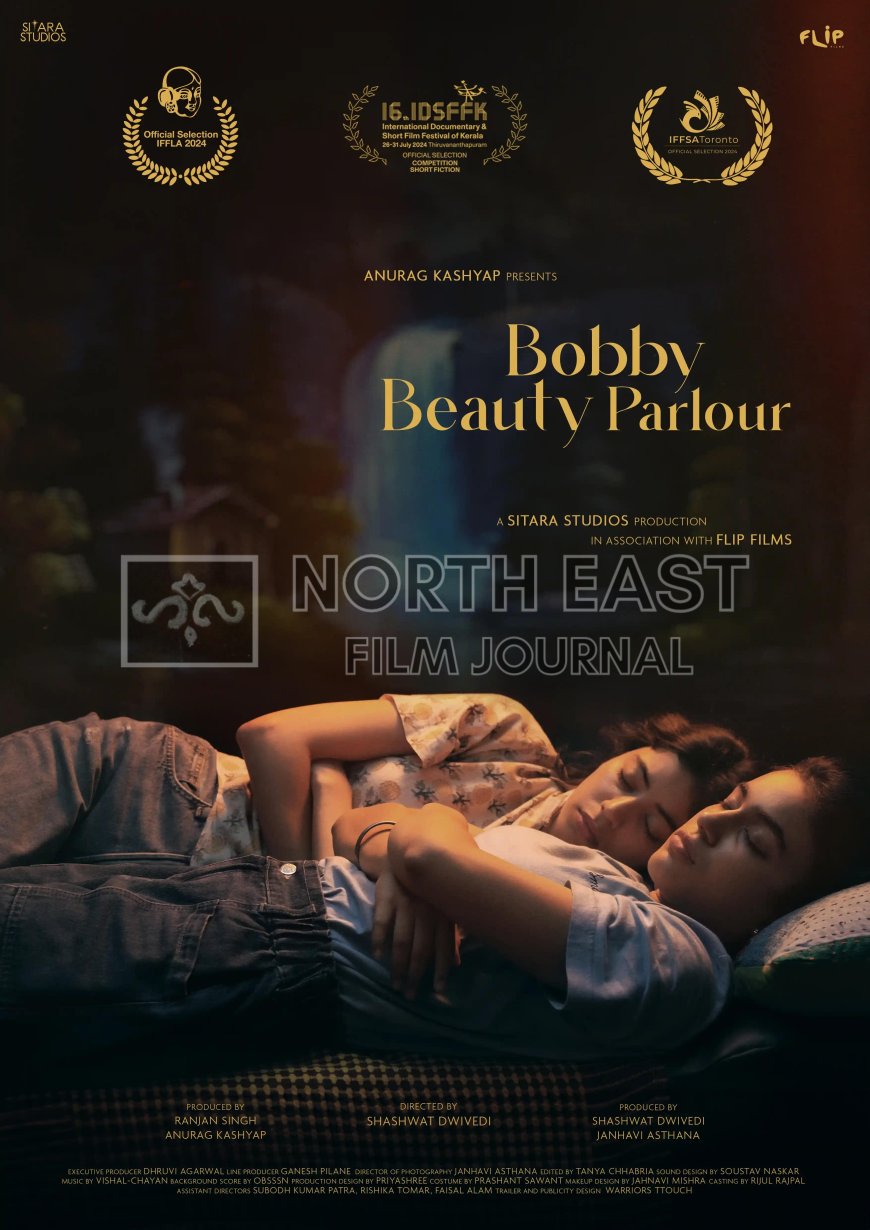
In Shashwat Dwivedi's short film, Bobby Beauty Parlour, we see two young girls, Eelu (Adrija Sinha) and Manu (Parul Rana), whose deep friendship is placed under strain as they opt for divergent paths in life. Eelu is serious about his academics and is preparing to leave Noida to pursue a career in mechanical engineering in another city, which brings the promise of a new future. In contrast, Manu, who has been working in a small beauty parlour to make a living, will now be left alone. The short film examines how time and circumstances shape relationships, and unravels the complexities of our lives.
Bobby Beauty Parlour was selected in the competition section of the short film at the 16th IDSFFK, Kerala.
In this interview, Dwivedi talks about how he developed the idea, his collaboration with Anurag Kashyap, and his other interests.
How did you develop Janhavi Asthana's story into a screenplay?
Janhavi came to me with a story that's very close to her, and she had been working on it for a long time. As someone who grew up in a different town and moved to bigger cities for work and education, I found the story relatable. From there on, both of us started jamming on how we wanted to tell the story. We wanted the beauty parlour to be like a bubble of 'childhood' and for these girls safe and secure within it. We expanded on this idea slowly till we got a natural ending for the film. I wanted the screenplay to be very simple and the dialogues to be casual. The challenge was to show years of friendship in such little time, and I'm glad that both the actors also put in their bits to make it believable. The writing process was challenging, as we had to keep a lot of limitations in mind. The biggest is that this is a Delhi film but we shot it in Mumbai, so to get the lingo correct and to hide whatever is an obvious suggestion on screen. We wrote over 5-6 drafts, did a lot of readings, tried different structures, and then arrived at this screenplay.
What is the significance of the aquarium in the film?
Earlier, there was just an aquarium to have a mystical, magical feel to the parlour. But when we discussed the fighter fish, there was scope to make it more than just a prop. The aquarium stands as a reflection of their own lives, and how the fish are together, but there's a thin wall separating them, their personalities, life choices, etc. I got the visual of just one fighter fish in the aquarium, and I committed to it. But yeah, the aquarium is an added layer of some magic, some mystery.
Why did you portray Eelu's boyfriend Arun as a toxic male?
This is a funny one. So when Janhavi had written the story, she came to me and said, 'I want you to write this because there is just one male character, and he is an asshole. I want you to balance it out.' But I found it frivolous; in fact, his being a toxic male impacts the friendship much better. And more than that, all the characters in the film, apart from the two leads, are token characters; they are there to serve our main story. And when I was writing Arun's character, I just remembered the kind of relationships I had seen in my life in Noida and Kanpur. Trust me, this was a very realistic portrayal of the man, and just to save Arun's perspective, he is not a toxic male because of an agenda or hate. He is toxic because he simply doesn't know any better.
How did Janhavi's participation as a cinematographer help to shoot a women-centric story?
It was a blessing! To have Janhavi by my side on this film, especially during the shoot, was so relieving. Because we were dealing with a sensitive age and topic, I was trying to tell a story that's of the opposite gender. I really am thankful that Janhavi was there to handle the 'gaze' of the film. We were very conscious of the shots, angles, and movements of the camera. At no point, we wanted to look at the girls in any unpleasant way. Janhavi's participation in the visual really helped me tell the story in the most honest way. Her sensitivity towards women and the story shows in her work.
How did Anurag Kashyap come on board as a producer?
I had been working with him since 2021 in various capacities, but how he came as a producer on this is interesting. I was walking one day on Yari Road when his car stopped next to me, and he asked, 'Kya kar raha hai? Ghar chal'. Next, we are sitting in his house just casually as he had some time on him. As I had stopped working with him in 2023, we got into small talk, and I told him I was trying to make my short film and I was looking for some additional funds to just get into production. He quickly looked at the pitch deck and was more than happy to give me that support. Overall, he has been a creative mentor, someone I look up to, and someone who has always pushed me to do better. I was almost going to start the film with whatever budget we had, but I am glad AK came to the rescue and brought Ranjan Singh along. Both of them are a library to learn from. Working on this film with my producers has taught me so much, and I am thankful to have found them at the right time.
What are your plans for the future?
Well, to be honest, I just want to make a film. I also work as a writer and lyricist, so there are some very exciting projects that I’m a part of right now. But I am aiming to make my feature film next year. Apart from that, I am dabbling into stand-up comedy and rap this year; let’s see how that goes.
*****
What's Your Reaction?







